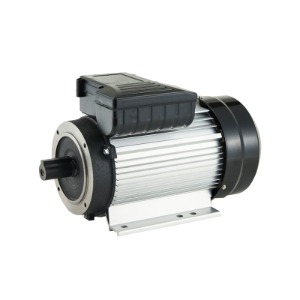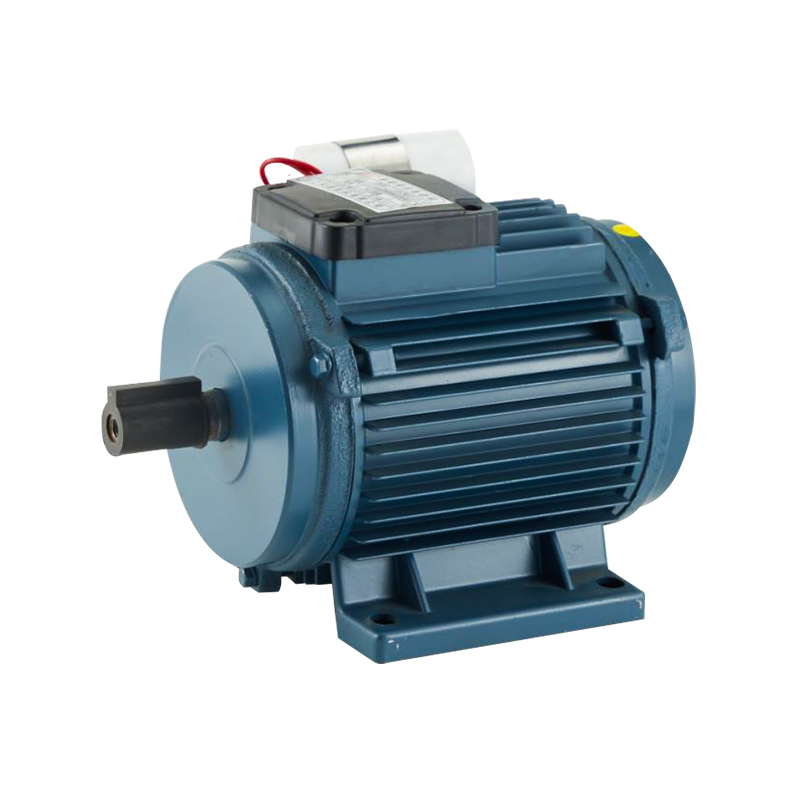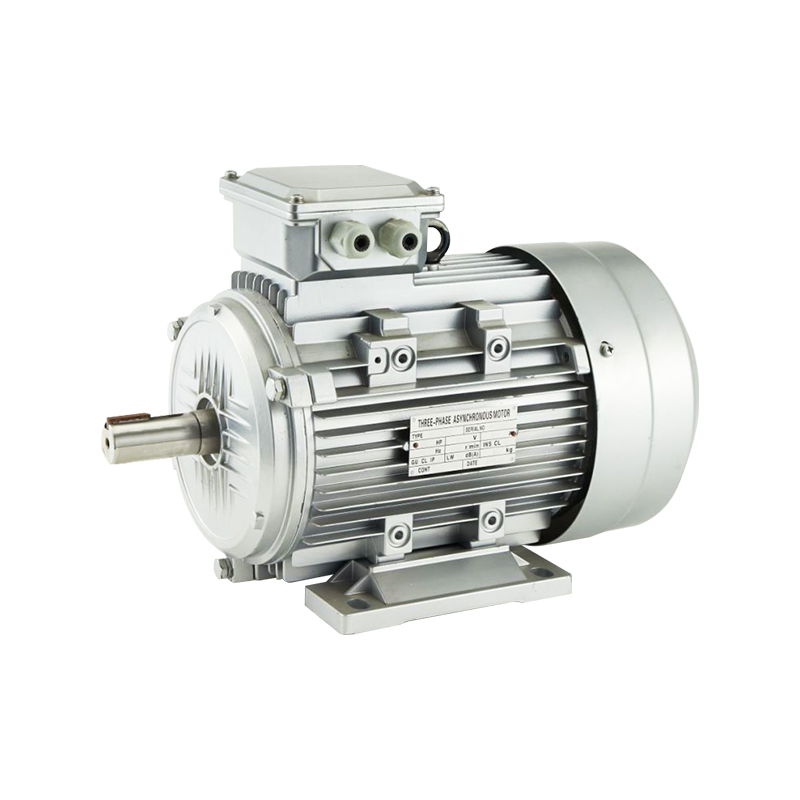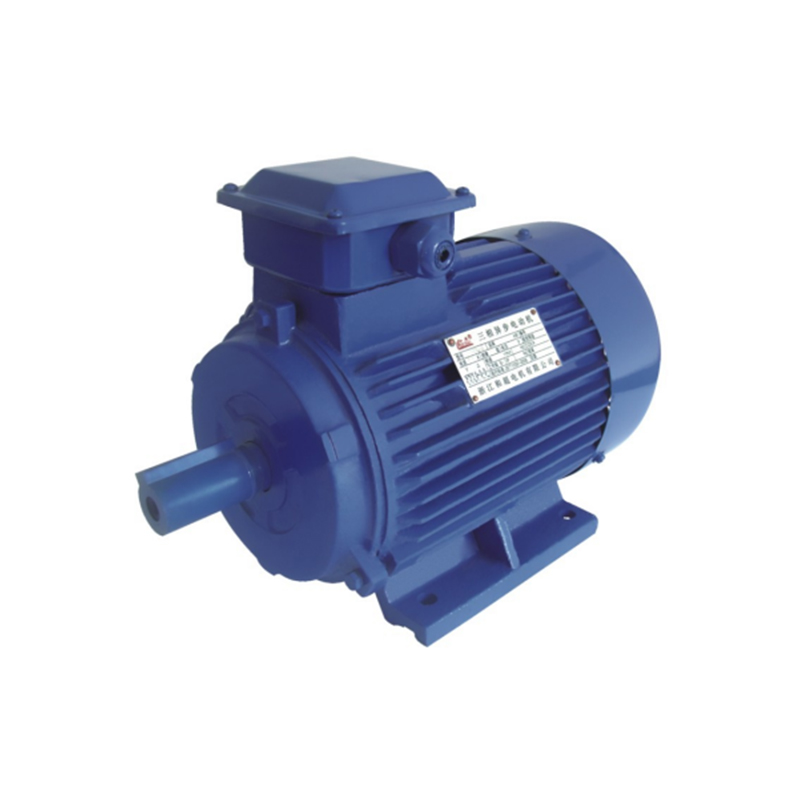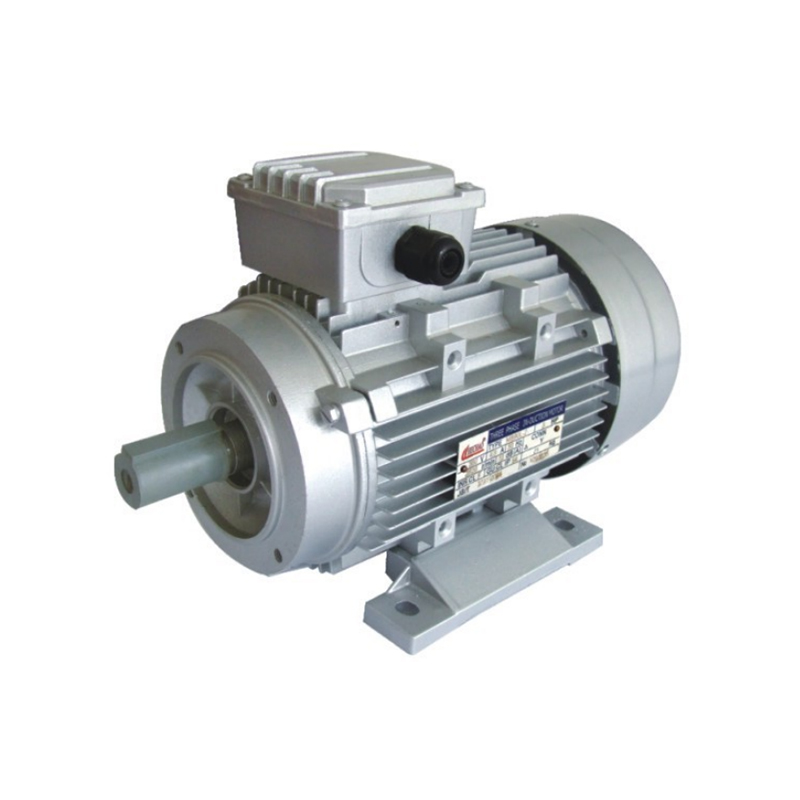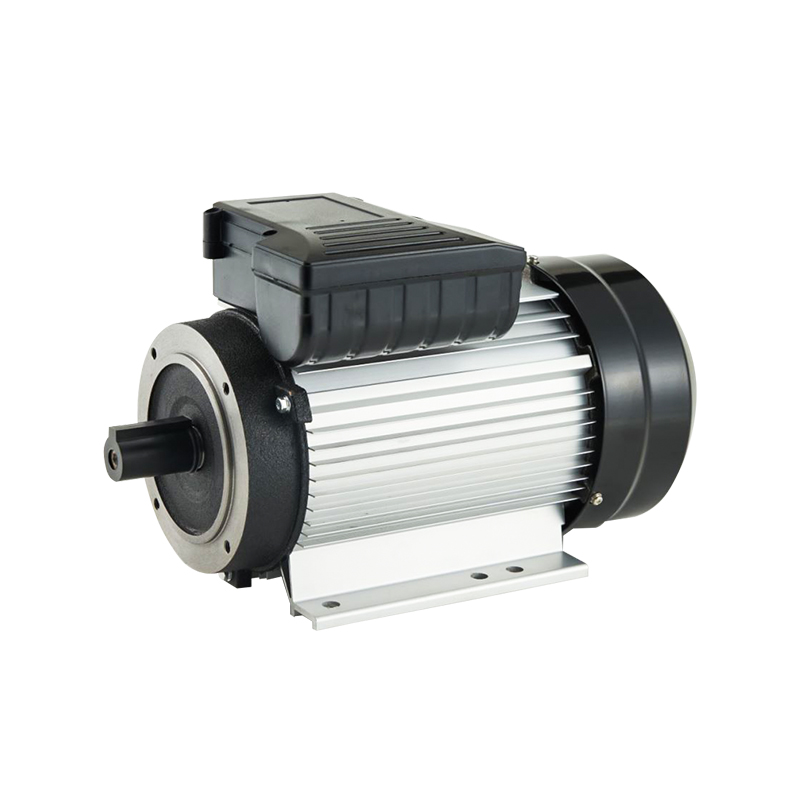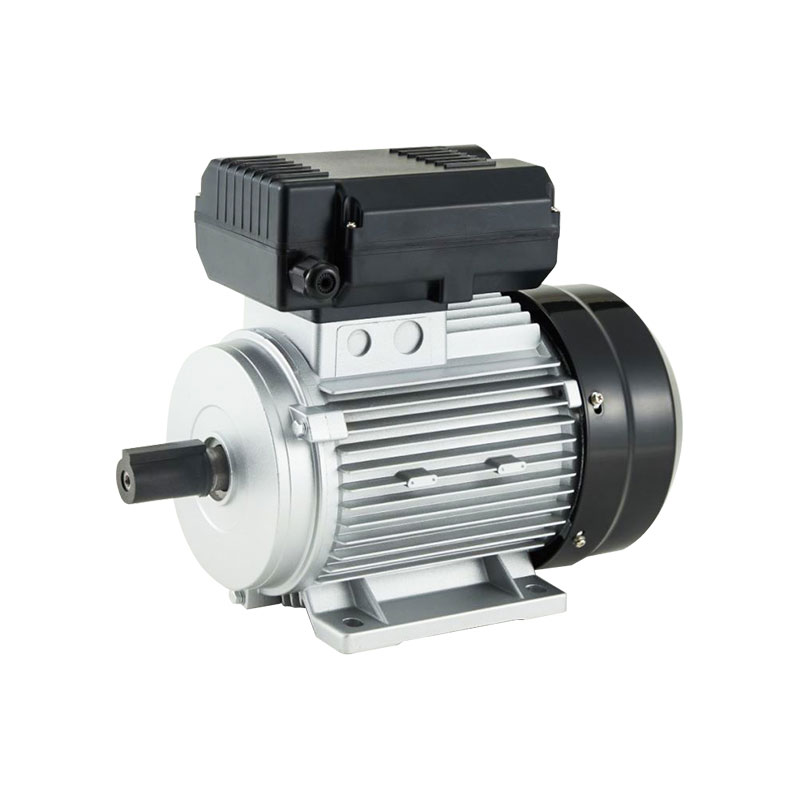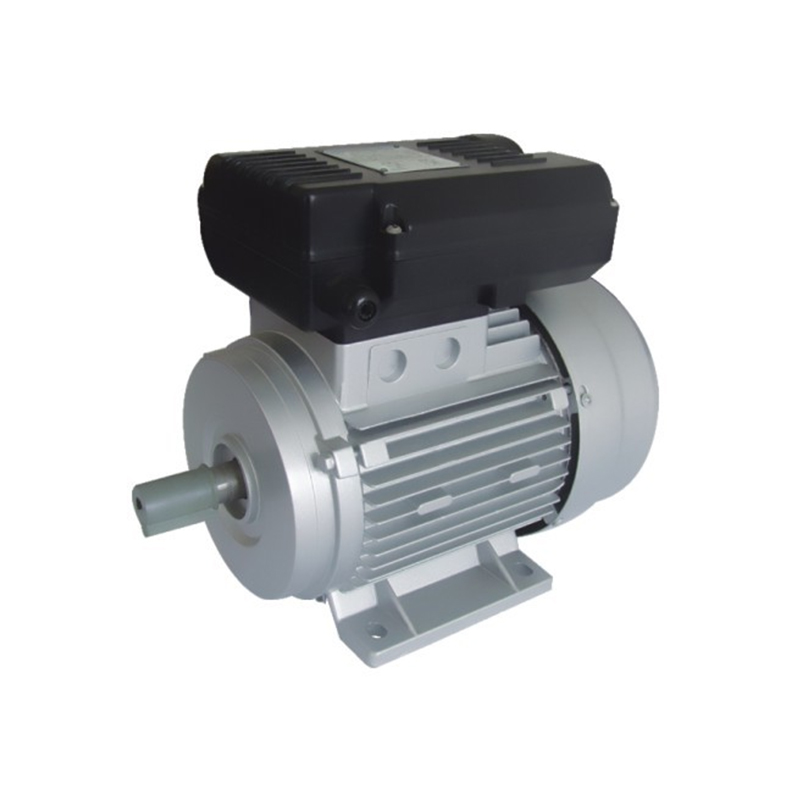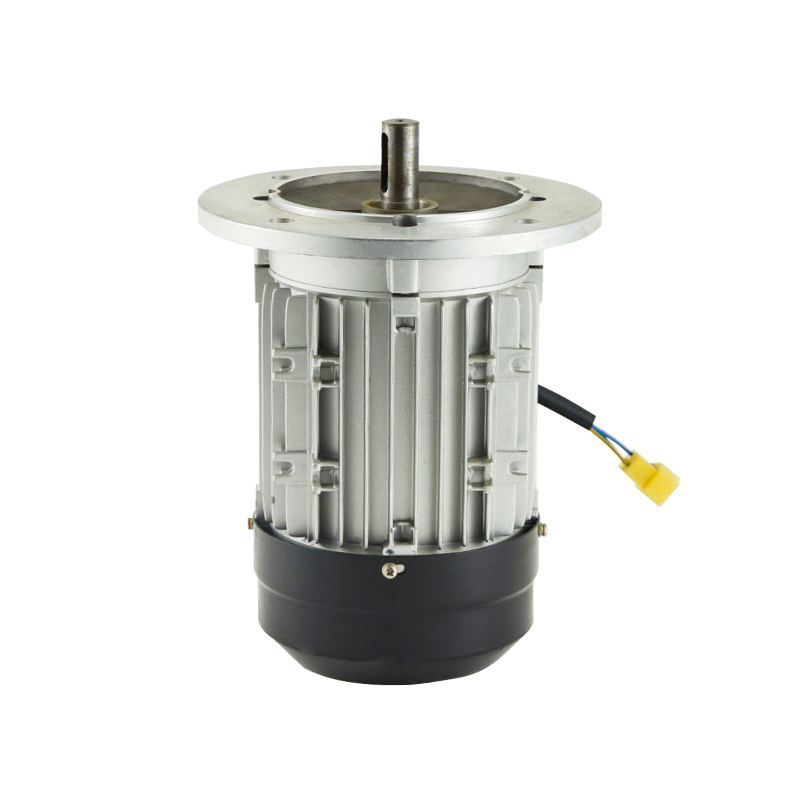In the fast-paced world of industrial production, reducing downtime is one of the most crucial goals for large enterprises. Any interruption in the manufacturing process can lead to significant losses, not just in terms of production but also in labor costs, maintenance expenses, and operational efficiency. Monophase Asynchronous Motors, known for their reliability and energy efficiency, play a vital role in helping enterprises minimize downtime and maximize productivity.
What Are Monophase Asynchronous Motors?
Monophase Asynchronous Motors are single-phase electric motors commonly used in industrial applications. Unlike three-phase motors, these motors are typically employed in smaller-scale operations, offering a cost-effective solution with a focus on efficiency and ease of maintenance. Their robust design and simple functionality make them a popular choice for many businesses looking to reduce downtime and improve the overall performance of their machinery.
YC/YY Series Heavy-Duty Single-Phase Asynchronous Motor
The Role of Monophase Asynchronous Motors in Reducing Downtime
Reliability and Durability
One of the primary reasons Monophase Asynchronous Motors are chosen by large enterprises is their superior reliability. Unlike more complex systems, these motors have fewer moving parts, reducing the likelihood of failures. The simplicity of the motor design contributes to lower risk of operational disruptions, which is essential in large-scale manufacturing environments where every second of downtime can be costly.
Low Maintenance Costs
Monophase Asynchronous Motors are designed to require minimal maintenance. Their sturdy build means fewer breakdowns, leading to reduced maintenance costs over the long term. Regular maintenance is usually simple and does not require specialized technicians, making it cost-effective for enterprises. This translates to fewer maintenance-related stoppages and a more consistent production process.
Energy Efficiency
In addition to reducing downtime, Monophase Asynchronous Motors also contribute to the efficiency of the production process by lowering energy consumption. By using energy-efficient motors, enterprises can cut down on operating costs while maintaining steady production. With less energy being wasted on motor inefficiencies, the overall operational downtime related to energy issues is significantly reduced.
Ease of Integration into Existing Systems
Monophase Asynchronous Motors are flexible and can be easily integrated into existing machinery and control systems in large factories. Their ability to work seamlessly with older systems means that enterprises don't need to undergo costly and time-consuming overhauls to reduce downtime. Installing these motors as replacements for older, less reliable ones can result in immediate improvements in uptime.
Increased Productivity
As Monophase Asynchronous Motors reduce downtime, they directly contribute to increased productivity. Fewer interruptions in the production line mean that businesses can operate more efficiently, with fewer delays or bottlenecks. This, in turn, results in a faster time-to-market for products and a better ability to meet customer demand.
Real-World Applications of Monophase Asynchronous Motors in Large Enterprises
In industries such as manufacturing, automation, and materials handling, Monophase Asynchronous Motors have proven to be invaluable. For example, in automated assembly lines, these motors drive conveyors, pumps, and other machinery with minimal risk of failure. In food processing plants, they can be used in packaging equipment, mixers, and sorting machines, all of which require consistent, reliable operation to avoid downtime and maintain a steady flow of production.
How to Maximize the Benefits of Monophase Asynchronous Motors
For large enterprises looking to reduce downtime, it's essential to choose the right Monophase Asynchronous Motors for their specific needs. Factors such as motor power, speed control, and compatibility with existing equipment should be considered during the selection process. Regular monitoring of motor health and the implementation of predictive maintenance can further ensure that the motors continue to operate efficiently, minimizing unexpected failures.
In large enterprises, Monophase Asynchronous Motors provide an excellent solution to the ongoing challenge of reducing downtime. Their reliability, low maintenance costs, and energy efficiency make them a valuable investment for industries seeking to improve operational efficiency and maintain consistent production. By integrating these motors into their existing systems, businesses can significantly reduce the risk of disruptions, lower operational costs, and ultimately achieve higher productivity and profitability.

